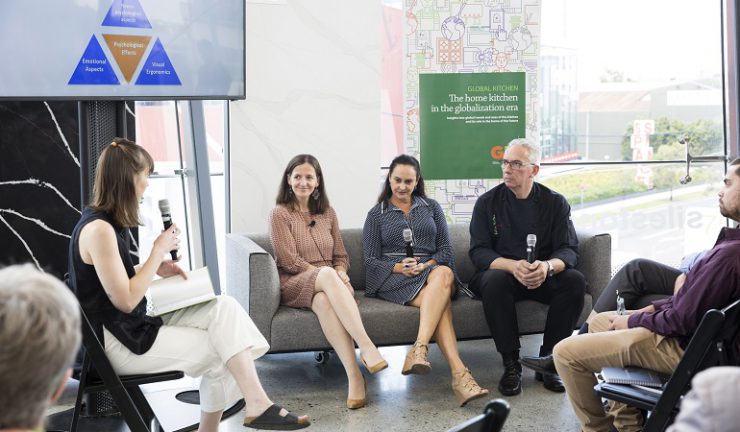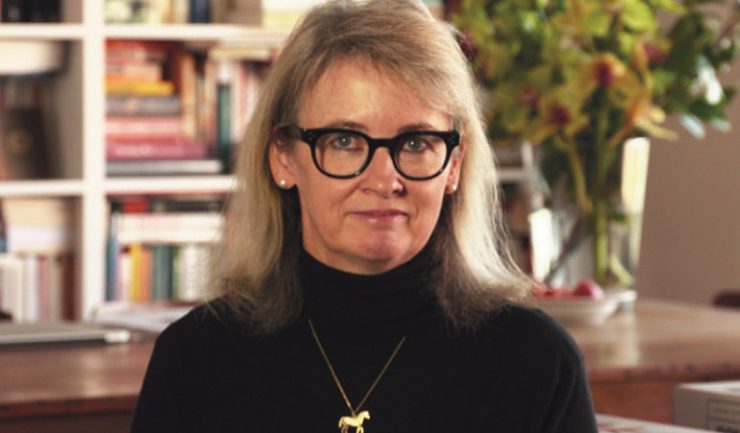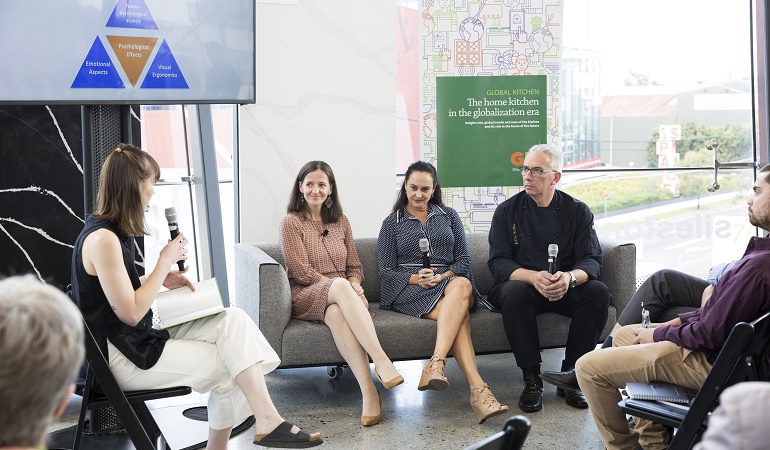What will it look like?
Home is where the heart is and its heart is looking more like the kitchen. Insights into global kitchen trends and their role in the home of the future suggest the kitchen is set to become more prominent in the home.
A panel of over 800 professionals from eight countries that included Australia, Brazil, Italy, Portugal, Spain, Sweden, the United Kingdom and the United States, participated in the Global Kitchen project.
Nearly nine out of 10 panellists confirmed the tendency for the kitchen to become more significant in the home, and while this opinion was unanimous across all countries consulted, it was more pronounced in the UK, Brazil and Portugal with Australia less accepting of the kitchens expanded role.
So what will the kitchen layout be like in 20 years’ time? All respondents opted for a space integrated with the rest of the home, with the majority agreeing it will open onto the dining room and living room, while a few said it will be combined with the dining room, with a separate living area. Australia was the most reluctant of all countries to join all three rooms.

L to R: Habitus Magazine deputy editor, Holly Cunneen, Consentino Group head of internal communications, Vanessa Feo Kutsch, The Colour Agency director, Jacquelene Symond and VZUG brand ambassador and Swiss Embassy chef, Felix Halter
As for the impact of technology it was generally recognised that the role of the kitchen in the future will be consolidated as a meeting and leisure space for family members. In addition to food handling and cooking, the kitchen will be the hub of other activities which traditionally have been carried out in other areas of the home. Connecting the kitchen to the internet and devices along with smart appliances stand out as the main technological innovations in the short to medium term, ahead of sustainable solutions such as water and energy saving or waste management.
When it comes to key innovations new cooking methods was the trend favoured by Australia with other countries nominating sustainable equipment, smart appliances and connectivity. And the majority of kitchen refurbishment investment was allocated to new cabinets, ahead of replacing countertops and buying new large electrical appliances. However, the priority for Australia was replacing counter tops while the US gave more importance to structural elements like new walls and floors. As for the main functions a countertop should have in the future, being able to cook directly on the surface and internet and device connections were preferred options and modern-minimalist was the preferred kitchen style in Australia within the light white/beige colour range.

One of the panellists, Monash University sociologist Dr Sian Supski (pictured above), said the kitchen will again become the family meeting point as it was in the past, noting that there was increasing social awareness of issues such as water consumption. “Sustainability will become increasingly visible, and the way we use energy and water will have an impact on kitchen design. Statistics indicate that in 25 years we will renovate our kitchens on average, three times.”
Supski said the foodie movement has its pros and cons, but the most positive thing is that it makes cooking approachable to people. “And in terms of design, this will open up the kitchen space. It must serve as a kitchen, living room and dining room. People no longer cook by themselves, like women in the early 20th century.” She said the space devoted to the kitchen will grow with the need for more storage cabinets and different work surfaces.
“The kitchen has three components: aesthetic, functional and emotional,” she said. “Smart, efficient appliances, environmental sensitivity and personal design will nudge ‘form follows function’ aside.”

